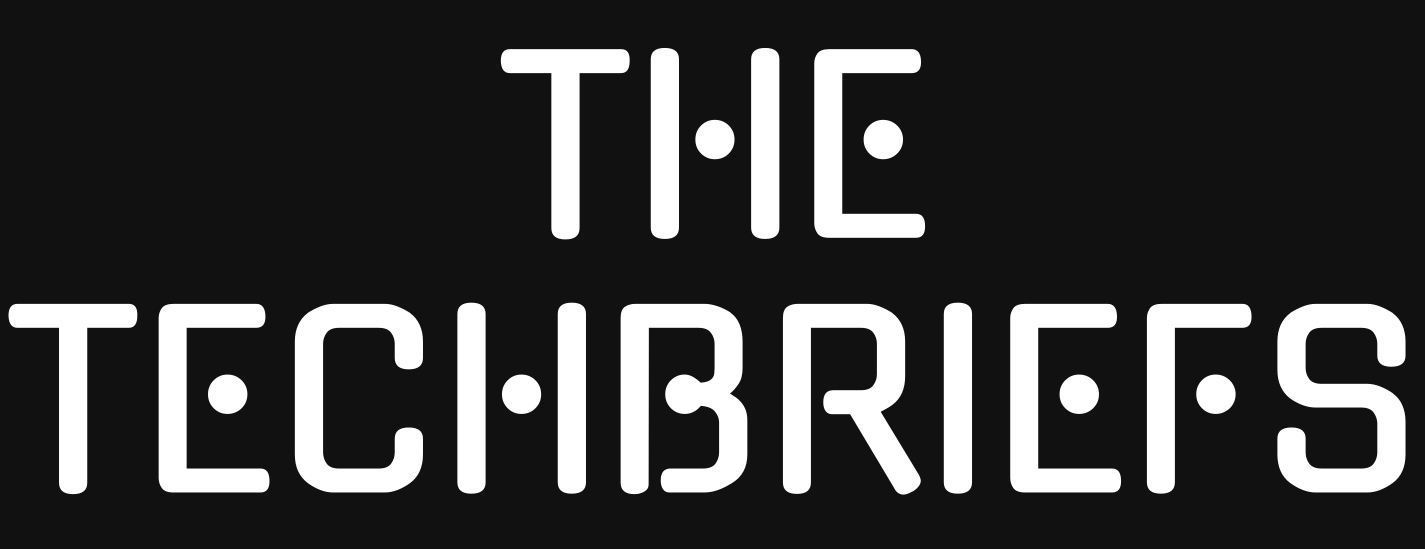
Mark Zuckerberg is taking control of Meta’s artificial intelligence future. After falling short with recent AI models, he’s now leading a bold plan to build something much bigger—superintelligence—the kind of AI that can outperform humans at thinking, reasoning, and problem-solving. Thus, he’s forming a new research lab and backing it with a massive investment in Scale AI.
This new AI unit is called the superintelligence group inside Meta. It’s not a vague concept or distant dream. Zuckerberg is deeply involved in building it, starting with hiring about 50 top researchers and engineers. He’s personally recruiting many of them. According to reports from The New York Times and Bloomberg, he’s hosted meetings with candidates at his homes in Palo Alto and Lake Tahoe. He’s also created a WhatsApp group named “Recruiting Party” where he and Meta execs trade names and reach out to potential hires day and night. At Meta’s Menlo Park headquarters, the new hires will sit near Zuckerberg, giving the team direct access to the top.
The biggest move so far involves Alexandr Wang, the 28-year-old CEO of Scale AI. Wang’s company builds the data infrastructure needed to train large AI models. Meta is in advanced talks to invest more than $10 billion in Scale AI. That deal, if completed, would be the largest external investment Meta has ever made. It would also value Scale AI at $28 billion, based on numbers reported by Bloomberg and The Information. Wang is expected to join Meta’s new AI lab after the deal closes, and several Scale AI employees may move with him.
Wang, whose company supports clients building AI tools like ChatGPT, has deep ties in the industry. He was once a housemate of OpenAI CEO Sam Altman. His addition to Meta’s lab signals a serious effort to compete with companies like OpenAI, Anthropic, and Google’s DeepMind.
That competition is heating up fast. OpenAI’s ChatGPT has increased its paid user base by 50 percent since February. Microsoft has invested more than $13 billion in OpenAI. Amazon has committed over $8 billion to support Anthropic. Google continues to invest heavily in DeepMind, which it bought back in 2014. These companies are turning research into products and profits. Meta, despite spending tens of billions on AI, has struggled to keep up.
Take Llama 4, the latest version of Meta’s large language model, for example. It launched in April and was supposed to show major progress. Instead, it sparked doubts. Internally and externally, developers questioned its actual performance. Zuckerberg claimed it was on par with other leading models, but Meta researchers and outside critics didn’t agree. The company planned to follow it with an even bigger model called Behemoth. But after closer review, Meta’s leadership pulled the brakes. The model didn’t offer a big enough leap forward, according to The Wall Street Journal.
That disappointment pushed Zuckerberg into a more hands-on role. Sources close to the company say he’s gone into “founder mode,” taking over recruitment and getting involved in AI planning. Meta has offered compensation packages between seven and nine figures to AI researchers from rivals. Some of those offers have been accepted, and more are expected.
While other companies raise cash through funding rounds, Meta can tap into its advertising profits. According to people familiar with internal pitches, Zuckerberg has told candidates that Meta has enough cash flow to build a multi-gigawatt data center to power the next wave of AI research. That would give Meta one of the most powerful AI server networks in the world.
This change comes after many years of varying results. Meta’s AI efforts are led by two main teams: FAIR, its original research group, and GenAI, which focuses on turning AI into consumer products. GenAI was launched after OpenAI’s ChatGPT exploded in popularity. Meta scrambled to catch up, and part of its early efforts raised eyebrows. One example was a set of AI characters modeled after celebrities like Snoop Dogg and Tom Brady. Some staff inside Meta thought these were off-track and not serious enough for the moment.
The internal tension, effectively, led to a turnover. Employees either left or moved to different teams. The entire AI structure inside Meta is now in flux as the company reorganizes around the superintelligence lab. It’s not yet clear how the new group will work with existing teams, but there are staff who are expected to transfer over.
Meta’s hardware ambitions have also hit roadblocks. In March, Meta tried to acquire FuriosaAI, a Korean chip startup. The deal would have cost $800 million and brought in high-end engineering talent. FuriosaAI turned it down, and it raised questions about Meta’s ability to build custom chips for running AI models, especially as global competition rises.
Meanwhile, Meta’s rivals in Asia are making moves. DeepSeek, a Chinese startup, released a powerful open-source AI model in January. The model reportedly cost far less to develop than American alternatives, and developers are starting to take notice.
Despite these challenges, Meta is going big. In May, the company said its AI assistant now has 1 billion monthly active users across Facebook, Instagram, WhatsApp, and Messenger. A standalone Meta AI app is also in the works, and CNBC reported earlier this year that Meta is testing a paid subscription model.
Meta has committed up to $65 billion in capital spending on AI infrastructure for 2025. And Zuckerberg says that over the long term, Meta is ready to spend “hundreds of billions” more. For now, everything hinges on this superintelligence group, its new hires, its partnership with Scale AI, and its ability to turn vision into working products.


